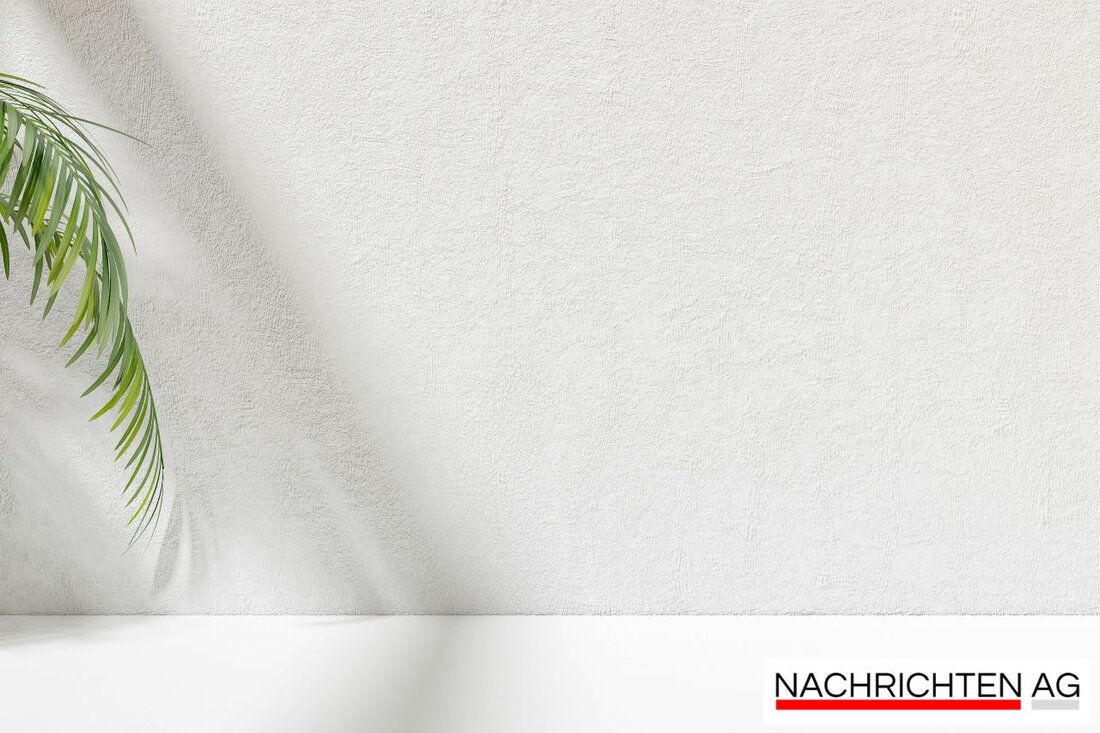Mödlareuth Border Museum: A new chapter for the history of division!
Arnold Friedrich talks about the new building of the border museum in Mödlareuth and the significance of its history for the region.

Mödlareuth Border Museum: A new chapter for the history of division!
Today, October 2, 2025, a remarkable step in the history of the Border Museum is being celebrated in Mödlareuth. Thanks to the commitment of Arnold Friedrich, who was allowed into Mödlareuth by border guards with a stamp in his ID, the museum was able to be founded. Friedrich, one of the co-founders, is extremely satisfied with the new museum building, which will soon help relieve the burden on the small community.
But what makes Mödlareuth so special? The town was historically divided into two parts: the western part belonged to the Kingdom of Bavaria and the eastern part belonged to the Principality of Reuss. After the First World War, the division through the Tannbach became manifest as an administrative border. After the Second World War, the Americans initially moved into the village, but were soon forced to withdraw again, which paved the way for Soviet troops. In the following decades, Mödlareuth experienced strict separation, which ended with the peaceful revolution in 1989.
The museum and its significance
The Mödlareuth Border Museum, which attracts 80,000 to 90,000 visitors every year, causes ongoing stress for the town's 55 residents. The aim of the new building, which will also include its own parking spaces, is to provide some relief. During official visits, which often attract high-ranking politicians such as Mike Pompeo and George Bush, a motorcade ensures that the rest of the town remains secure.
Friedrich emphasizes that without the museum no one would know what life in Mödlareuth used to be like. It is a testimony to the history that has quietly and secretly shaped the place. The residents also remember the anecdote of an old goose herder who once warmly welcomed American politicians and asked for space for his animals.
The division and its consequences
Mödlareuth earned the nickname “Little Berlin” due to the heavily guarded border, which was reinforced in 1966 with a 700-meter-long concrete barrier wall. The only successful escape over this wall took place on May 25, 1973. On December 9, 1989, after 37 years of separation, the border crossing finally opened.
Today, the history of Mödlareuth represents a unique curiosity: a village that has continued to develop despite this division. There are still different vehicle registration numbers, postal codes and telephone area codes, but residents have been celebrating together again since reunification.
The Border Museum, which continues to provide information about the past and the special significance of the border, is an important part of the region's cultural memory. It is not only a museum, but also a place of dialogue and remembrance.
For more information about the history of the Grenzmuseum and Mödlareuth, visit the websites of MDR, Mödlareuth.de and Grenzmuseum.de.

 Suche
Suche